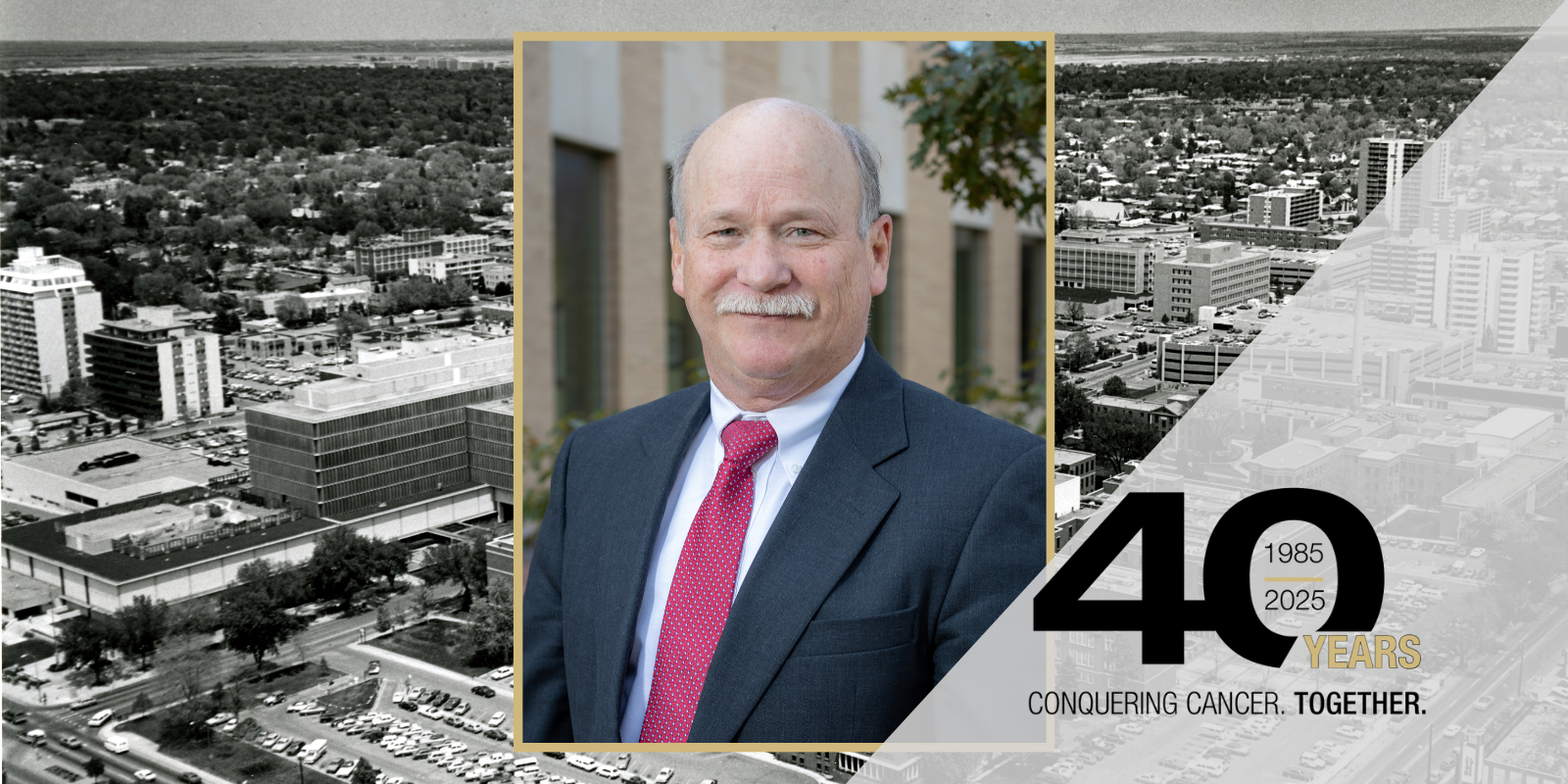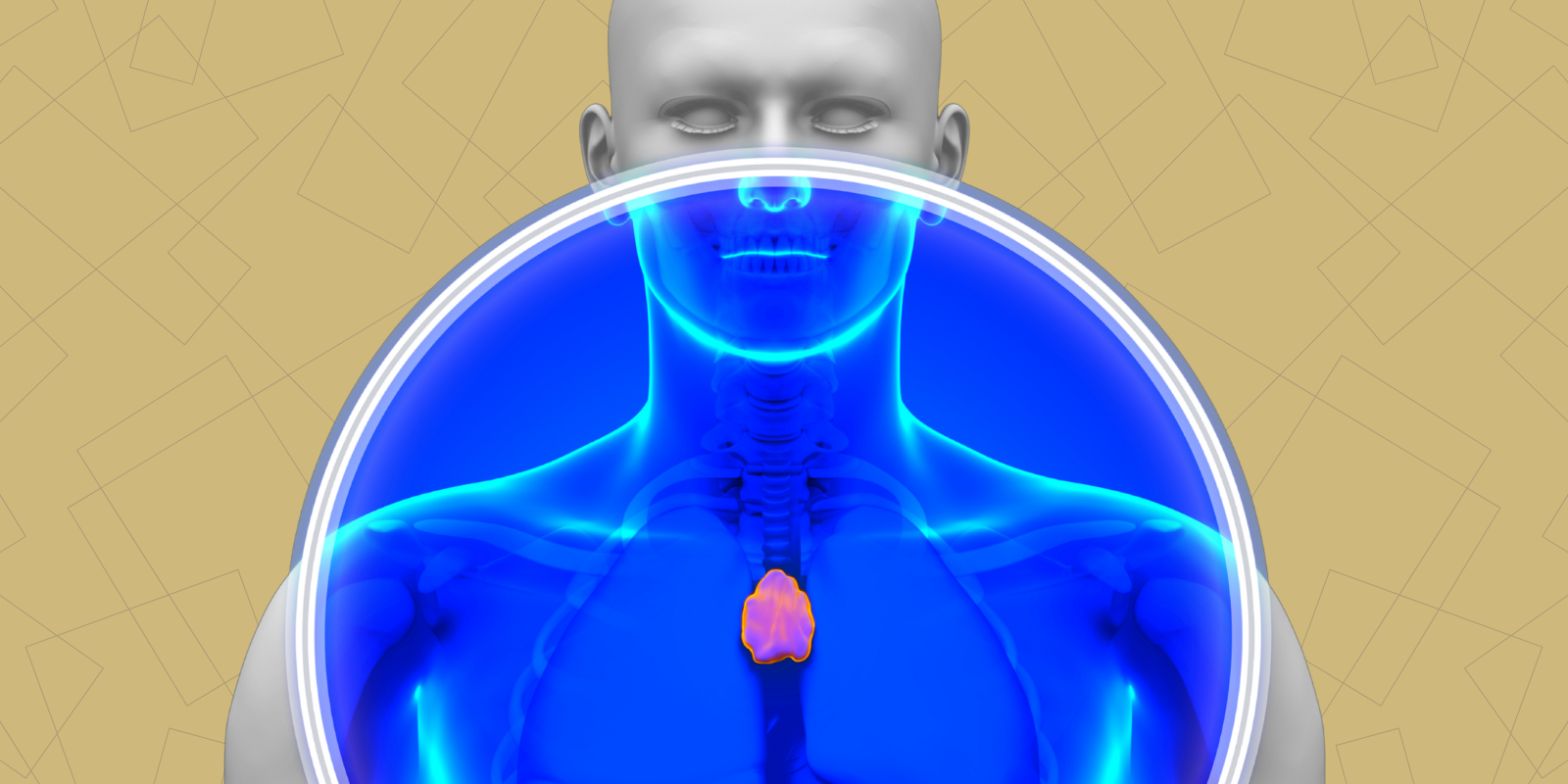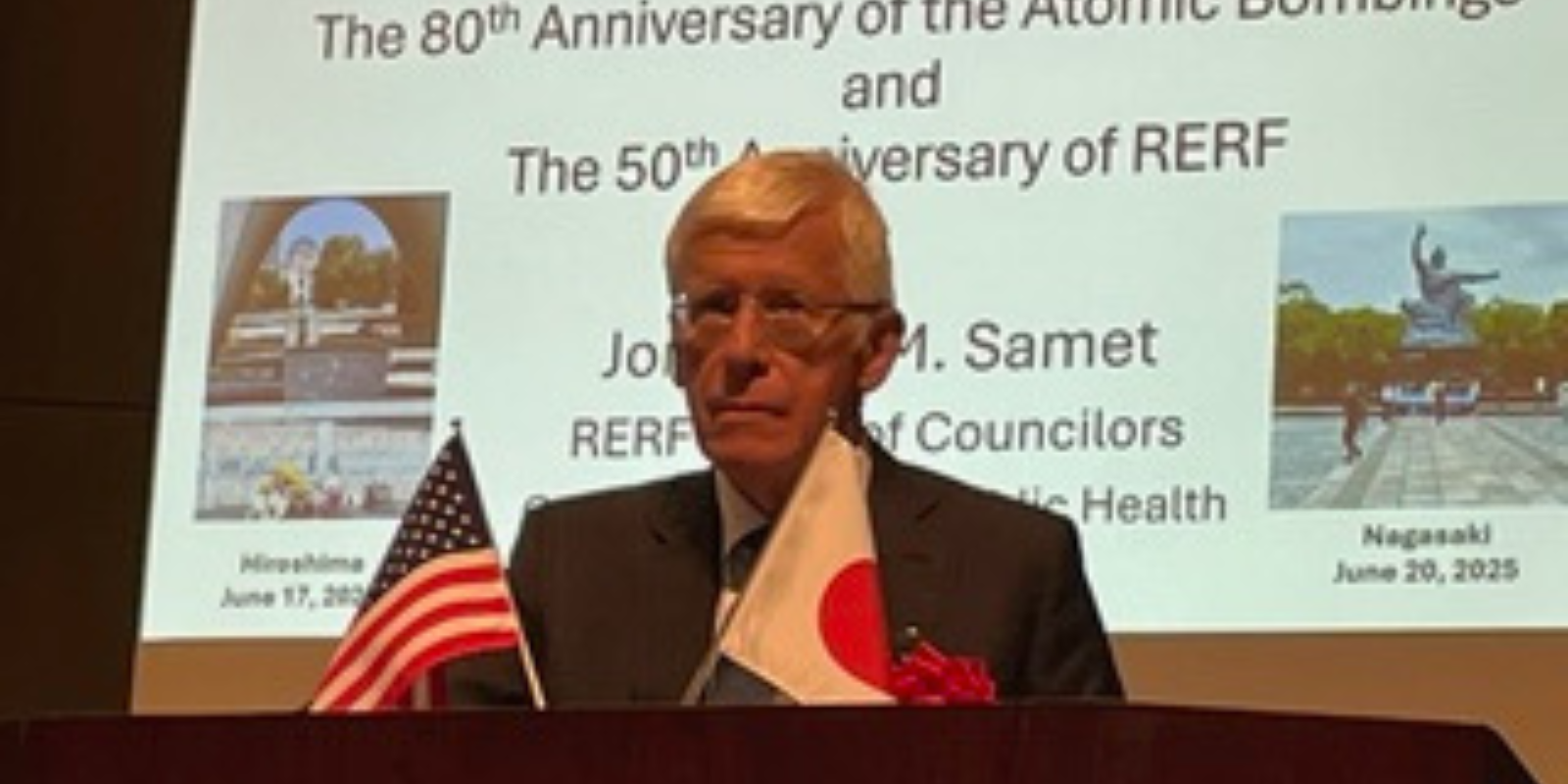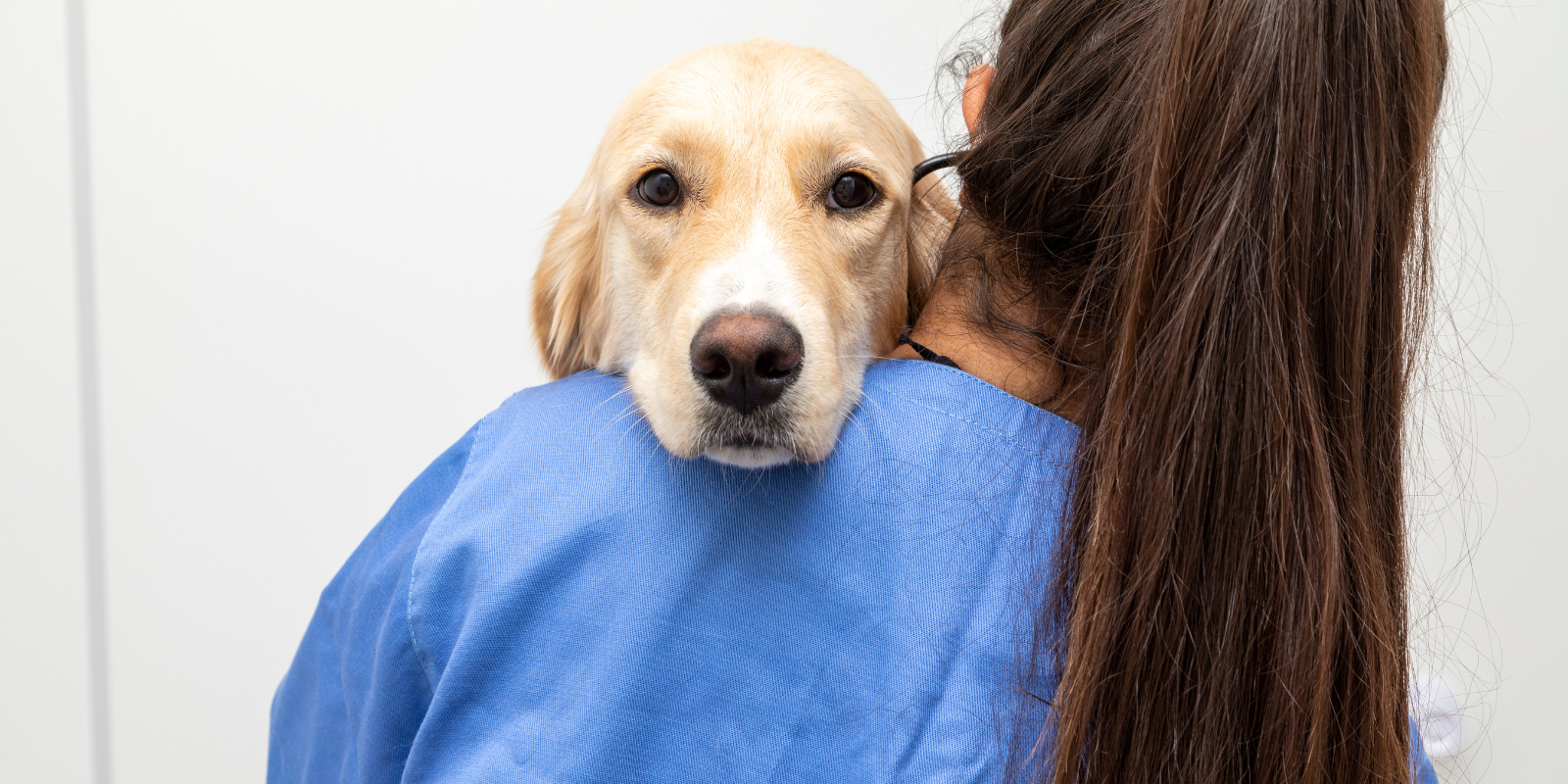How common are brain tumors, as opposed to lung cancer, breast cancer, or other types of cancer?
It's around 10 to 11 cases per 100,000 people, certainly much less than breast and lung cancer. But in pediatrics, brain tumors are the number one solid tumor. In adults, about 200,000 patients a year get metastatic brain tumors.
Do most patients you see go to surgery, or can they be treated in other ways?
Brain tumors still require a diagnosis, so virtually all patients go to surgery. If it's not a terribly big lesion, they'll just get a needle biopsy. If it's a large lesion, we need to do a resection to relieve symptoms.
Does your department oversee the whole treatment spectrum?
Treatment of brain tumor patients is multi-disciplinary, and neurosurgery is a vital part of this team. Currently, we have a large group of surgeons, so we get a lot of primary referrals. People come in looking for a surgery. They need a diagnosis, and they are usually in trouble. Once we operate and a diagnosis is obtained, the patient’s case is presented to our weekly Neuro-oncology Tumor Board, which consists of the four of us in neurosurgery who operate on primary tumors, our two neuro-oncologists, our two radiation oncologists who do most of the brain tumor radiation, our neuro-pathologist, and neuro-radiology.
Is radiation the primary neoadjuvant treatment for brain tumors, or is chemotherapy involved also?
For high-grade gliomas or glioblastomas — not metastatic tumors, but primary tumors of the brain — the standard treatment after surgery is radiation with the chemotherapy drug temozolomide, which is oral therapy. If they fail temozolomide, we then move on to second- and third-line chemotherapy drugs, often enrolling patients into clinical trials. We’ve also started using more immunotherapy, which has been an interest of mine for many years. We were one of the first centers in the country to do gene therapy trials, along with immunotherapy for brain tumors.
Tell me more about the early immunotherapy trials.
In the mid 1990s, we started out by taking patients’ own blood cells, spinning off the T cells, then putting these T cells into a bioreactor, along with the cell protein interleukin-2, and turning them into what are called blast cells. Then we’d infuse the blast cells back into the brain, either at the time of surgery, or we would do it through a port. We did this over two decades ago, and we had some long-term survivors, but unfortunately not a lot. As immunotherapy has become more sophisticated, the treatment we are looking at now is a combination therapy using a targeted vaccine along with a PD-1 inhibitor.
What technological advances have you seen in the past 40 years?
Almost all our surgeries now are done with computer navigation. Neurosurgery is nothing like it was when I finished my training. Using computer guidance, we are now able to perform “designer” bone flaps right over the tumor and not expose any additional brain to potential damage. The smaller the opening, the quicker the rest of the surgery is going to go. It has made things a lot safer and faster.
Do you treat any other types of cancer?
Over the years, I have been responsible for building our pituitary program. We now have what's called a Pituitary Center of Excellence, which is multidisciplinary, including neurosurgery, endocrinology, radiation-oncology, and pathology. We probably do 90% of all pituitary tumors in the region. I personally do about 110 pituitary operations a year. Patients usually present with tumors that are growing up into the brain and causing either endocrine dysfunction or loss of vision. Probably 50% of the surgeries we do are for vision loss. In the past, these procedures were done transcranial, but now they are done almost exclusively transnasal, going up through the nose. Patients recover nicely from this approach and are usually extremely grateful.
How has the CU Cancer Center been a benefit to you in the years since it started?
The cancer center has been extremely helpful in providing the infrastructure for tissue analysis, diagnostics, pathology. and the ability to run clinical trials. At present, all of our tumor clinical trials are run through the cancer center, and we are extremely grateful for their support.




